Reformer, Chair, Mat, or Tower? Comparing Pilates Equipment
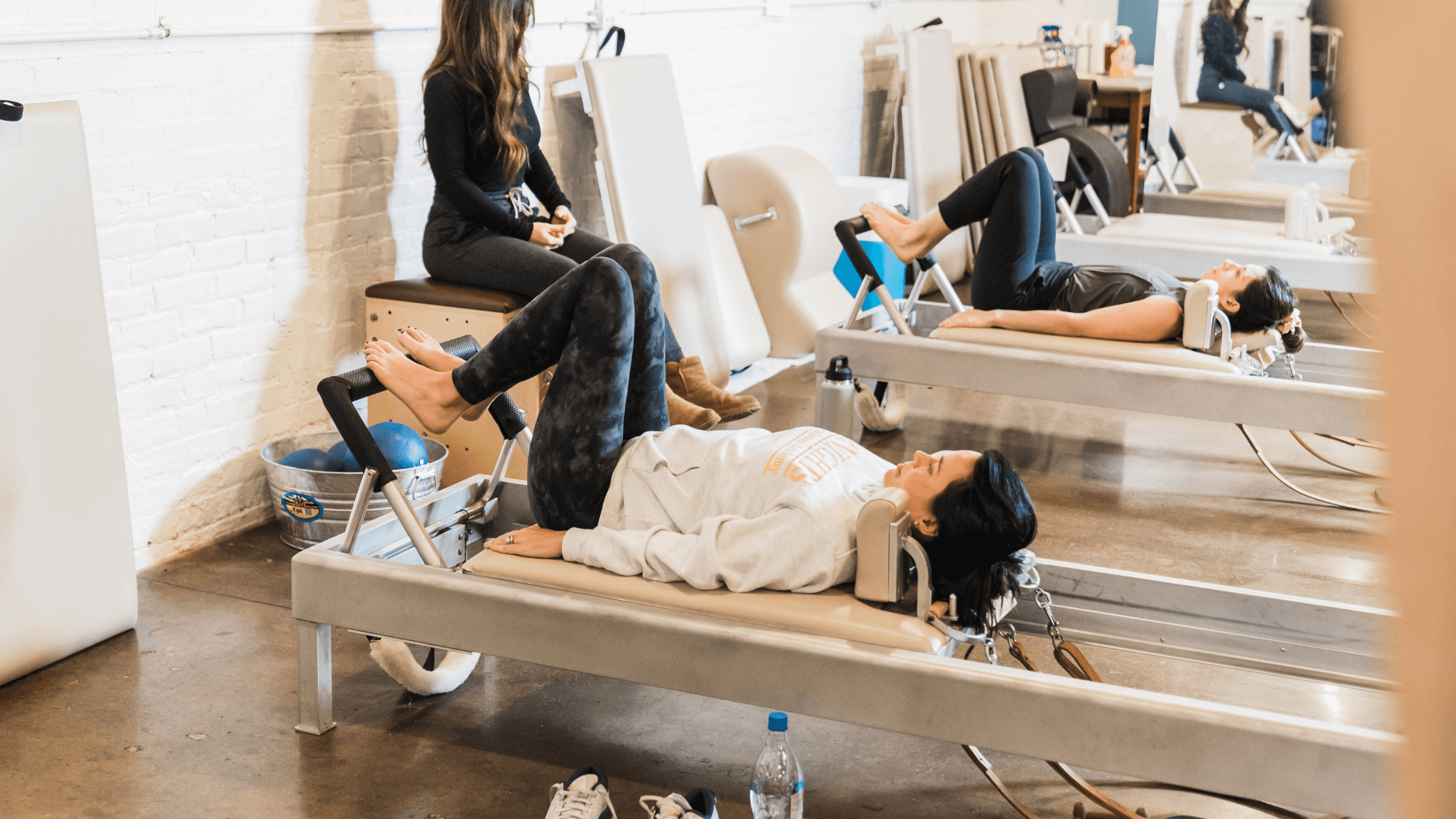
PT, DPT // Licensed Physical Therapist // CoreAlign Instructor // Lead Pilates Instructor // EW Motion Therapy Homewood
When you walk into a Pilates studio for the first time, it is easy to feel overwhelmed by the variety of equipment available. You may see mats, props, and a few different machines, and begin to question what you have gotten yourself into. Should you go back to the simple treadmill and leave Pilates to the pros?
While the amount of equipment available for Pilates can seem overwhelming, each can serve a different purpose in a class environment. A skilled instructor can walk you through how to use each piece of equipment and determine what works best for your Pilates session. We have many types of equipment available in our Pilates studios at EW Motion Therapy, and many of our instructors are licensed physical therapists who can help you have a good experience. Even if you do not choose to do Pilates with us, we still want to educate you on the different pieces of equipment you can use in the studio you choose.
This article discusses each piece of Pilates equipment, its benefits, and the ones you might want to try for your practice. With this information, you can try a class knowing a little bit more about the equipment involved.
Types of Pilates equipment
We will discuss six primary pieces of Pilates equipment, but different types of Pilates can sometimes use equipment differently. We combine a rehabilitative and contemporary approach at EW, using all six of these in our studios.
Reformer
Arguably the most famous piece of Pilates equipment, the reformer can be intimidating for beginners, but it serves multiple purposes. It is a mat on wheels that can be loaded with springs and moved by a strap and pulley system. It is unique in that it can provide support and resistance simultaneously, making it an excellent tool for rehabilitation and teaching difficult movements. You can use a reformer for many different positions and techniques. Still, it is beneficial for those with balance issues or weight-bearing restrictions. It can also help retrain and strengthen your feet, promoting strong arches and improved balance.
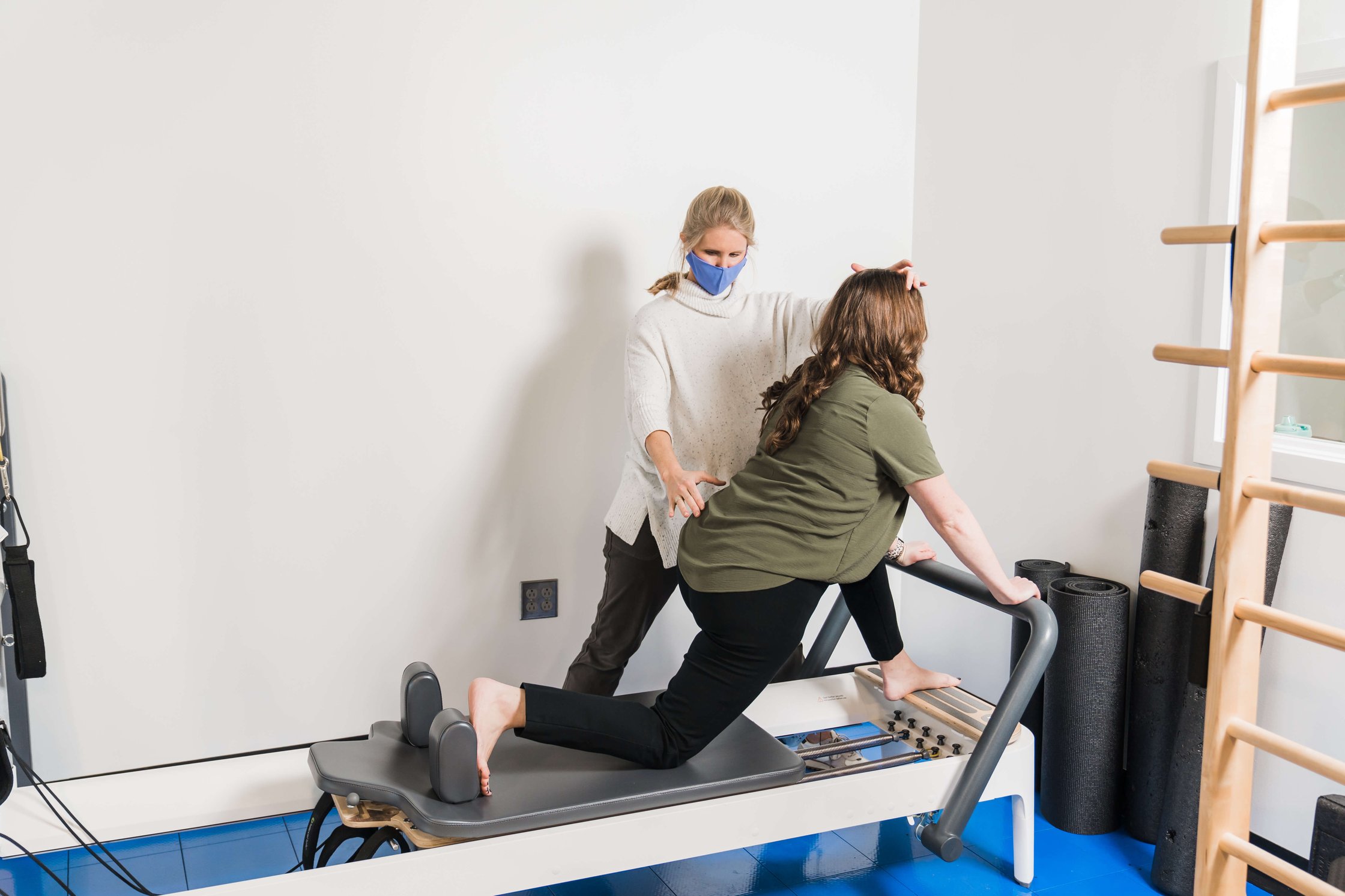
Chair
Joseph Pilates himself invented the Pilates chair, and it is a box with pedals and springs attached. Joseph wanted a home gym with a small footprint, and the chair does fulfill that need. You can use it for many different positions, including kneeling, lying on your stomach or back, or standing on it. You can push the pedals with your hands or feet, and the springs can also provide resistance. As with other Pilates equipment, it promotes body awareness and strengthens postural muscles, as well as helping the structure of your feet.
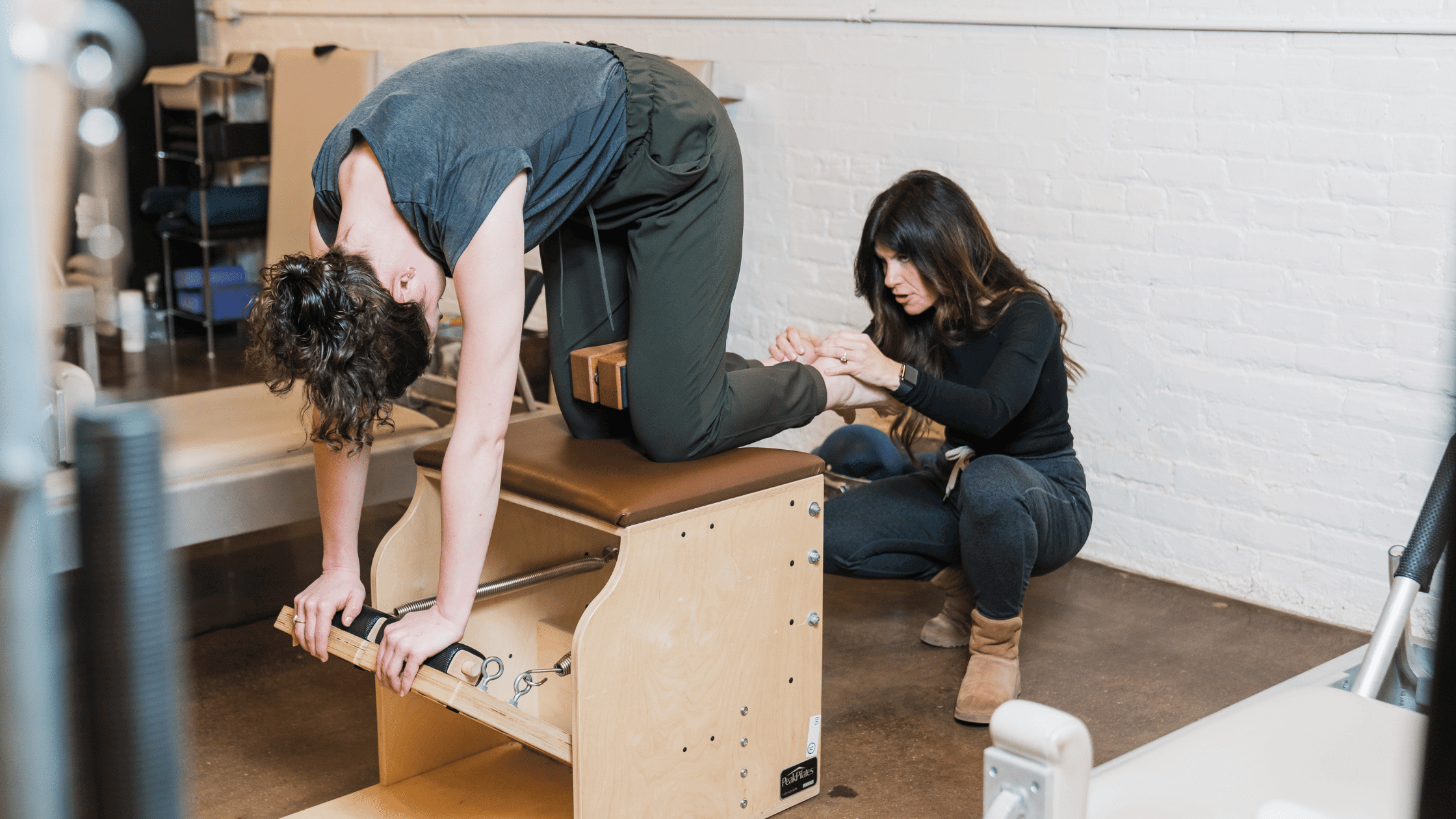
Mat
Mat Pilates is just what it sounds like: Pilates exercises with only a mat. One of the great aspects of Pilates is its variability - you can practice it at home without any equipment at all. The mat is a perfect example of this, as you can perform multiple positions with only the mat, or you could use additional props like balls and rollers. The mat provides essential support as you improve core strength and practice breathing techniques for whole-body integration.
Tower
If you have a condition like scoliosis or another spinal asymmetry, it might be beneficial to try the Pilates tower. The device has springs attached with handles on one end that allow you to stand and work independently on each side of your body. A tower is sometimes attached or positioned on one end of a reformer, but you can also use it on its own, attached to a wall. Along with spinal alignment, the tower can be another great piece of equipment to help strengthen your feet.
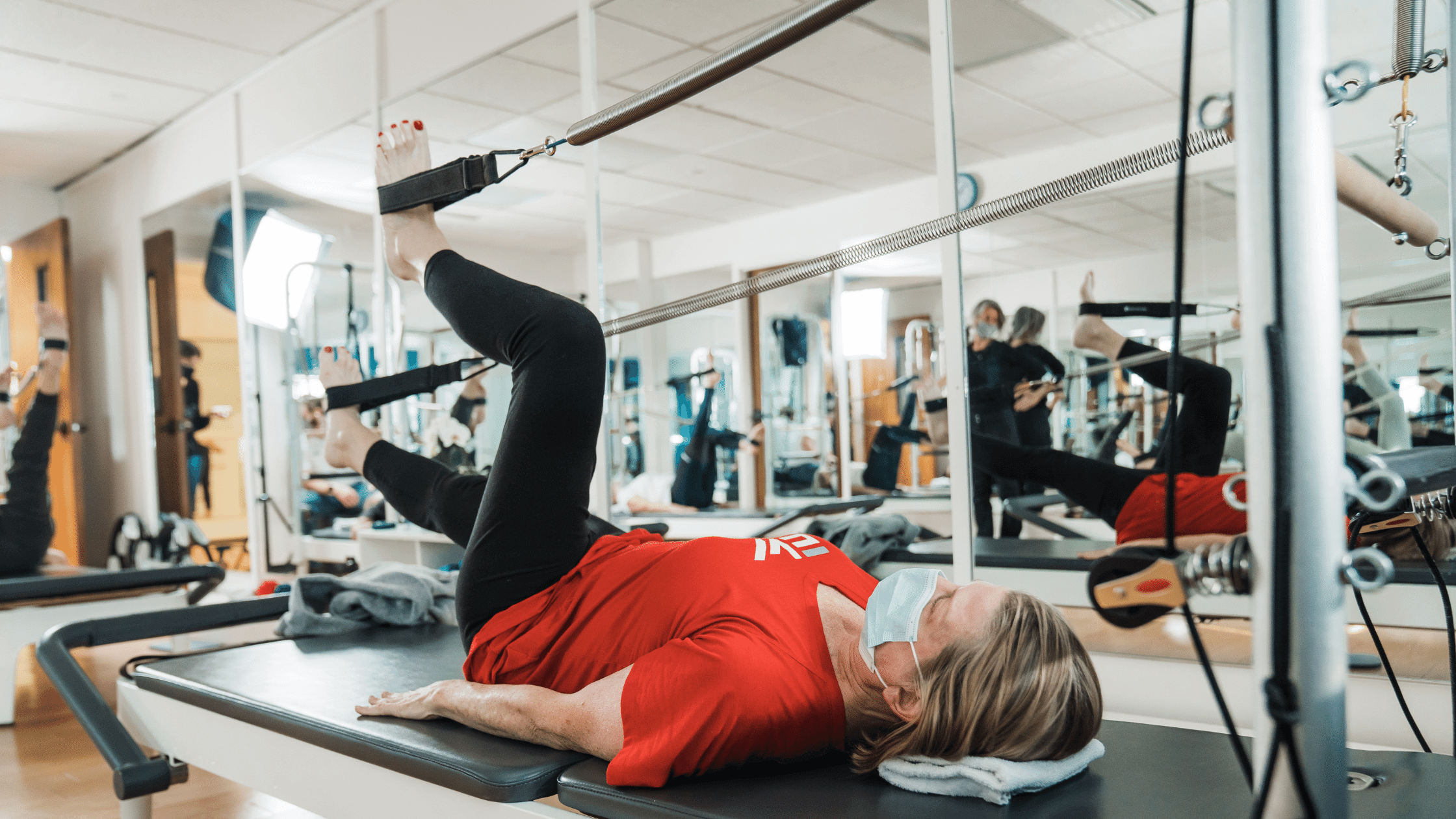
Barrel/Arc
The barrel has an arched platform attached to a ladder. You can lie on your back and grab the ladder rungs with your hands to improve spinal positioning and flexibility. Its primary purpose is to assist in your movement while making it more challenging at the same time - it provides both support and resistance. Like the chair, the barrel’s small size is perfect for a home gym or a small studio. Another variation of the barrel is the arc, which is just the arched platform. This is a great total-body workout that takes up a small space and can help with core stability.
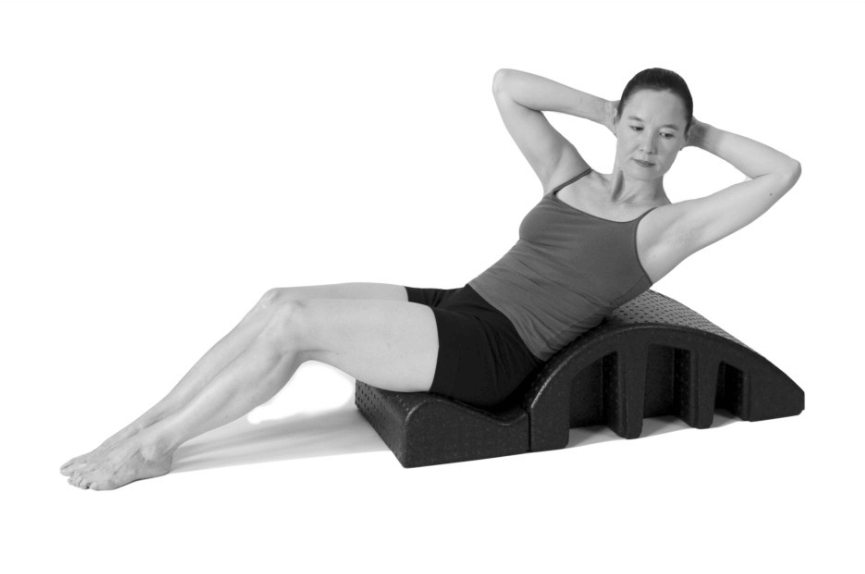
CoreAlign
Balanced Body now sells the CoreAlign as a piece of Pilates equipment, but it was initially invented by a physical therapist during his work with stroke patients. It features two small platforms that operate on independent tracks, each with a ladder at one end. It is primarily used while standing, making it ideal for gait and balance exercises. Both physical therapists and Pilates instructors use the CoreAlign to promote core strength and proper posture.
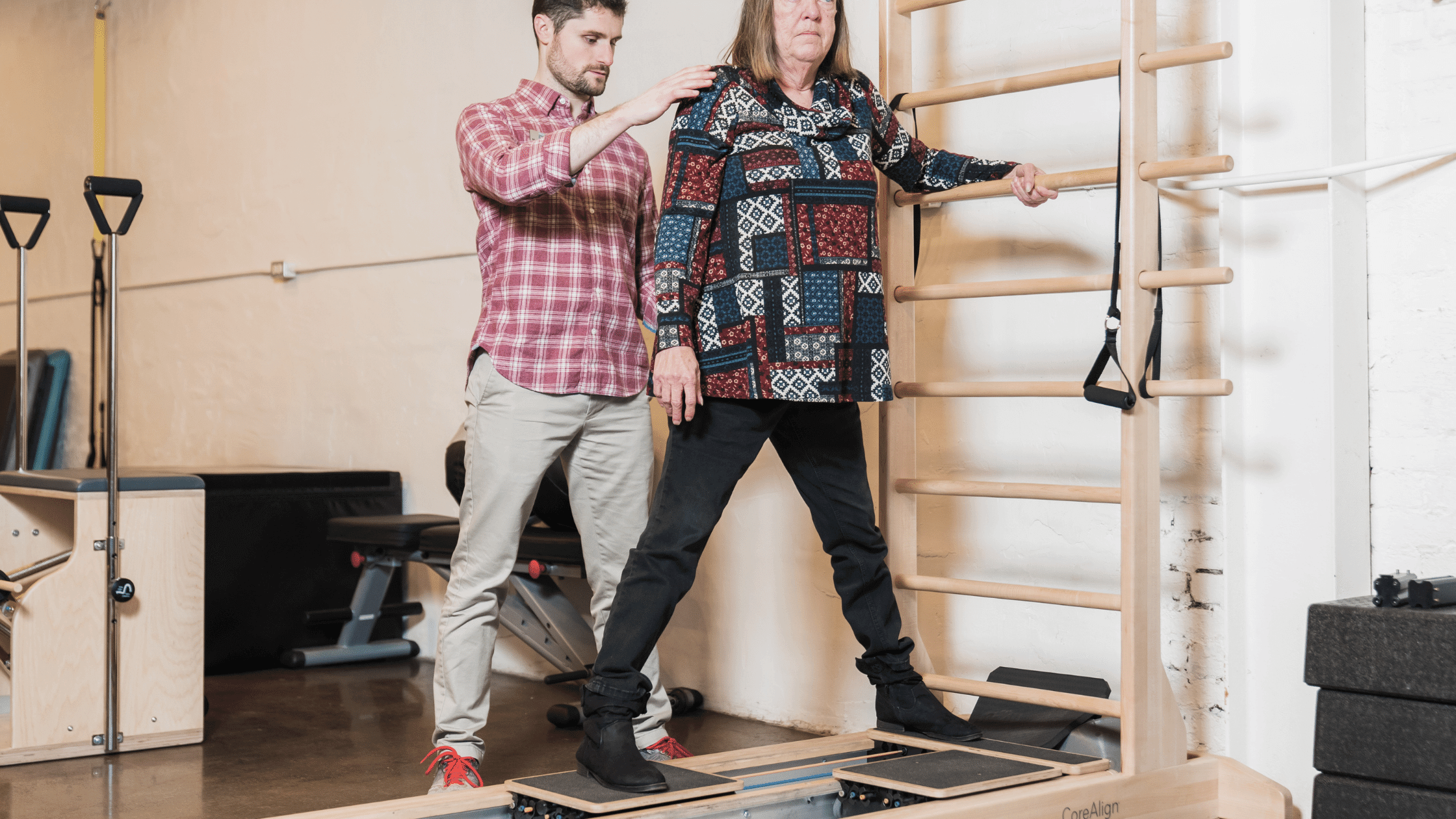
Which equipment should I use?
Now you know more about the different types of Pilates equipment and how you can use them in a class. Ideally, all pieces of Pilates equipment are meant to be used together to improve your flexibility, build strength, and integrate your core into every movement through breathing techniques. Pilates is an adaptable movement practice that can benefit almost anyone, even those with a previous injury or preexisting condition.
While it can be overwhelming at first to figure out what to do with Pilates equipment, it's best to start with the basic principles of Pilates and build from there. At EW Motion Therapy, our Pilates 101 classes are perfect for beginners and can help you determine whether Pilates is something you want to pursue. If you are interested in Pilates, click the button below to download our answers to 20 frequently asked Pilates questions.


